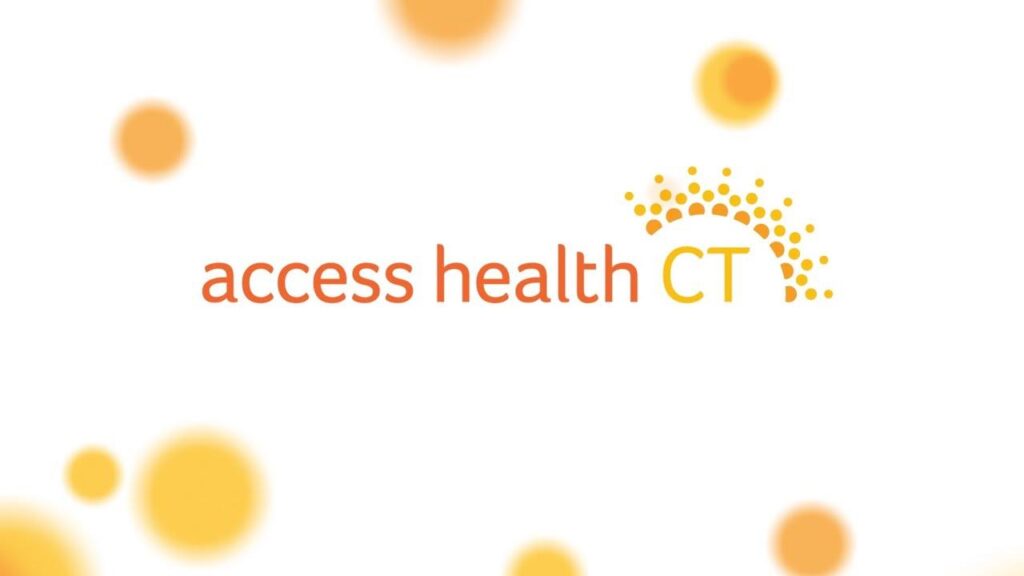Access Health CT, Connecticut’s health insurance marketplace, anticipates a substantial decline in enrollment numbers following the expiration of federal aid programs and recent cuts to Medicaid. As financial assistance that previously helped lower premiums comes to an end, many residents face increased costs and reduced coverage options. This development raises concerns about uninsured rates climbing and the overall impact on the state’s healthcare system.
Access Health CT braces for enrollment decline amid expiration of federal assistance
Access Health CT is preparing for a notable downturn in insurance enrollment as the expiration of enhanced federal subsidies takes effect. Following the conclusion of extended financial aid programs introduced during the pandemic, many households that previously benefited from reduced premiums may face increased costs, leading to a potential drop in the number of active policyholders. Officials warn that this change could disproportionately affect low to moderate-income families, who are now confronting steeper monthly payments without the cushion of federal assistance.
Adding complexity to the situation, recent adjustments in Medicaid eligibility have further constricted affordable coverage options in Connecticut. Healthcare advocates express concern that these combined factors may leave thousands uninsured or underinsured. The table below highlights key changes impacting insurance affordability and enrollment metrics:
| Factor | Impact | Estimated Enrollment Change |
|---|---|---|
| Federal Assistance Expiration | Premiums increase by 20%-30% | ↓ 15,000 enrollees |
| Medicaid Cutbacks | Eligibility tightened | ↓ 8,000 enrollees |
| New Enrollment Outreach | Expanded marketing efforts | ↑ 2,000 enrollees |
- Enrollment is projected to decline by approximately 21,000 in the next quarter.
- Premium increases may push some consumers to seek alternative coverage options.
- Access Health CT is ramping up outreach to encourage continued participation.
Impact of Medicaid cuts on Connecticut’s uninsured population and healthcare access
As Connecticut braces for the impact of recent Medicaid reductions coupled with the conclusion of pandemic-related aid, Access Health CT projects a steep decline in insurance enrollment. Thousands of residents who previously relied on expanded Medicaid coverage are now at risk of losing their health insurance, leading to a surge in the uninsured population. This development could exacerbate existing disparities, particularly among low-income families and vulnerable groups who depend heavily on state-supported healthcare programs.
The repercussions extend beyond just enrollment figures. Healthcare providers across the state are preparing for increased demand in emergency rooms and community clinics, as many who lose coverage may delay seeking preventive care or drop out of regular treatment regimens. Key concerns include:
- Increased financial strain on safety-net hospitals.
- Reduced access to chronic disease management.
- Higher rates of unmet medical needs, affecting public health outcomes.
- Growth in mental health crises due to lack of affordable services.
| Category | Pre-Cutroll Coverage | Projected Post-Cut Coverage |
|---|---|---|
| Medicaid Recipients | 850,000 | 750,000 |
| Uninsured Population | 250,000 | 350,000 |
Strategies to mitigate coverage loss and support vulnerable residents in the changing insurance landscape
To address the anticipated decline in insurance enrollments, several proactive measures are being championed by community organizations and policymakers. Expanding outreach programs targeting vulnerable populations ensures that residents are informed about alternative coverage options before losing eligibility. These efforts include multilingual education campaigns, mobile enrollment units, and partnerships with trusted local institutions such as churches and community centers. Additionally, there is a push for enhanced collaboration between state agencies and healthcare providers to streamline the enrollment process and reduce bureaucratic obstacles.
Support systems are also being bolstered to protect at-risk individuals from falling into coverage gaps. Key strategies include:
- Implementing transitional subsidies that temporarily assist those losing Medicaid benefits in bridging coverage while securing new insurance.
- Increasing funding for community health centers to provide care regardless of insurance status, especially for low-income residents.
- Expanding telehealth services to maintain healthcare access with reduced transportation or scheduling barriers.
| Strategy | Target Group | Expected Outcome |
|---|---|---|
| Multilingual Outreach | Non-English speakers | Increased Enrollment |
| Transitional Subsidies | Former Medicaid enrollees | Reduced Coverage Gaps |
| Expanded Telehealth |
